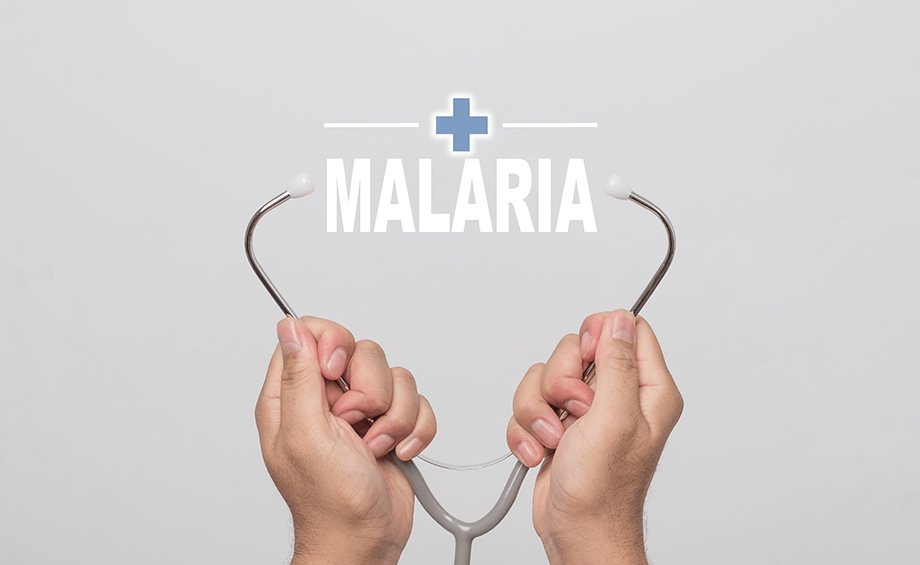
Malaria has been a serious problem in India long before the Britishers colonized the country. Having set its roots in India in 1852, the first malaria epidemic wiped off an entire population in a village. Gradually, with the construction of railways and expansion of travel, the disease set its reach across the country. Source
Over the years, the government has put in place various malaria control strategies. They can be broadly categorized into the following six types.
This is the topmost strategy to control malaria as it involves radical treatment which is necessary to prevent the transmission of the disease. The state has set up various Drug Distribution Centers (DDCs) and Fever Treatment Depots (FTDs) in rural areas to provide easy access to anti-malarial drugs like Chloroquine.
Controlling mosquitoes is one of the most basic steps to prevent the disease. Indoor Residual Spraying (IRS) with insecticides is recommended under this programme. Respective municipal corporations also indulge in spraying chemicals in various areas of the cities to kill the mosquitoes.
Communities and individuals are also advised to undertake personal preventive measures such as the use of mosquito repellent creams, liquids, coils, etc. Over the decades, Goodknight Mosquito Repellents have proved themselves efficient to prevent mosquito bites. With low electricity consumption and a consistent release of the Gold Flash liquid, the Goodknight Gold Flash System is an effective and a safe liquid vaporizer to protect your family from mosquito bites while indoors. Before stepping out, make sure to apply just 4 dots of the Goodknight Fabric Roll-On on clothes for 8 hours of outdoor protection. It is made using 100% natural ingredients such as citronella and eucalyptus oils.
To further prevent mosquito bites, families can also screen their houses with wire mesh, use bed nets treated with insecticide and wear clothes that cover a maximum surface area of the body.
The government often indulges in sensitizing the community for detection of Anopheles breeding places and their elimination from the community. Various NGO schemes are also involved in programme strategies for eradication of mosquitoes.
This involves filling of the mosquito breeding places. Covering up the stagnant water sources is also an important way to prevent breeding of mosquitoes under this method.
State National Programme Officers and authorities from Malaria Research Centers conduct field visits and observe the communities for correction actions. Their feedback, when implemented properly is bound to give efficient results towards removing the mosquito population in respective communities.
When it comes to monsoons, there is nothing as blissful as looking at the world through rain-kissed glasses. But with the good, comes the bad and with the rainy days, come the adverse viruses and infections. With 95% of the Indian population living in malaria-prone areas, we have every reason to look out for the causes, symptoms and preventive measures of this recurring malady. Find out about the causes, symptoms, diagnosis and treatment of malaria, here.